SpaceX Superstars: Hans Koenigsmann, Vice President of Build and Flight Reliability
Hans Jörg Koenigsmann, SpaceX’s Vice President of Build and Flight Reliability (or Mission Assurance), is responsible for the reliability of rocket launches and safety of flight operations. He was always fascinated by flying and wanted to become a pilot. He even began to prepare for a pilot’s career, but these plans were hampered by his growing nearsightedness. Nevertheless, he did not want to give up flying machines and therefore enrolled in engineering studies at the Technical University of Berlin in the field of aircraft engineering. After studies, he quickly discovered that nothing important or interesting was happening in aviation. He was trying to find something a bit more interesting and managed to participate in the development of a small TUBSAT satellite. He spent three years on this project.
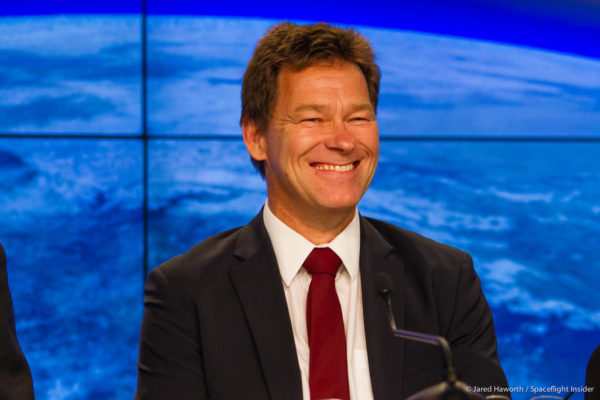
Hans Koenigsmann representing SpaceX at a press conference before a CRS mission (Credit: Jared Haworth / Spaceflight Insider)
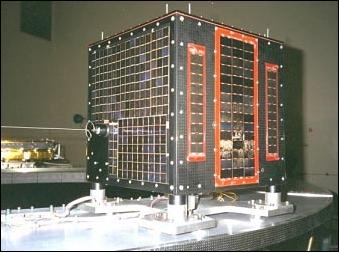
TUBSAT-A (Credit: TUB/ILR)
TUBSAT-A (Technical University of Berlin Satellite) was a low-cost cube-shaped satellite with a side length of 38 cm and a weight of 35 kg. One of the main tasks was S&F communication (Store & Forward). The satellite was launched in 1991 on Ariane 4 with other satellites of various European universities.
Hans then got a job at ZARM in Bremen (Center of Applied Space Technology and Microgravity) where he worked on his Ph.D. and another university satellite, BremSat. At the beginning of the project, Hans was responsible for satellite stabilization, but thanks to his diligence and skills he became the technical director of the whole project. In 1994, the satellite was launched on Space Shuttle Discovery during the STS-60 mission. The satellite was a great success for the university because it worked for the whole planned year. “Since it was a university workplace, I finally had to do a doctorate. It would have been strange to not have a degree after seven years spent at the university,” he commented.
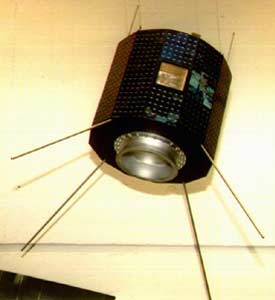
BremSat (Credit: ZARM)
BremSat had a mass of 63 kg and circled in a 363 km × 344 km × 56.9° orbit where it performed research on microgravity, thermal conductivity and dynamics of micrometeorites. He had this to say about working at ZARM: “I must say that ZARM in Germany was not really different from how SpaceX was in its first few years. It was a research institute with a young team. We had enough money for big projects and we worked on exciting new things. We tried to set a really high goal and then tried to go after it.”
In his dissertation, Hans created a complex satellite testing system. He used this work later when working for Microcosm Inc, a small company in California that worked primarily for the US Air Force. Initially, Hans traveled to California for work twice a month. Later he temporarily moved to the US. A planned 2-year stay ended up lasting 22 years. The doctoral thesis mentioned above was useful for other projects for companies Blastoff or Teledesic where Hans worked as an external specialist.
Hans met Elon Musk at a rocket launch in the Mojave desert. They had a short conversation, and two months later Musk visited him at home and offered him a job at the newly founded SpaceX company where he was to be in charge of avionics. At that moment, there were only three employees in SpaceX – Elon Musk, Thomas Mueller (rocket propulsion) and Chris Thomson (structures). Hans didn’t hesitate for a minute and accepted the job. Before the company grew a bit, Hans was in charge of “almost everything”, for example, all the electronics, software, control systems and flight termination.
Hans had several reasons why he immediately accepted the offer to work at SpaceX. First of all, he didn’t find the satellites he had been working on as interesting as the rockets that were launching them. “A rocket without a satellite works, a satellite without a rocket does not,” he said. Another reason was the challenge of finding out whether it was possible to start a launch company with a relatively small non-governmental organization, or whether the launch industry was only meant for big established companies.
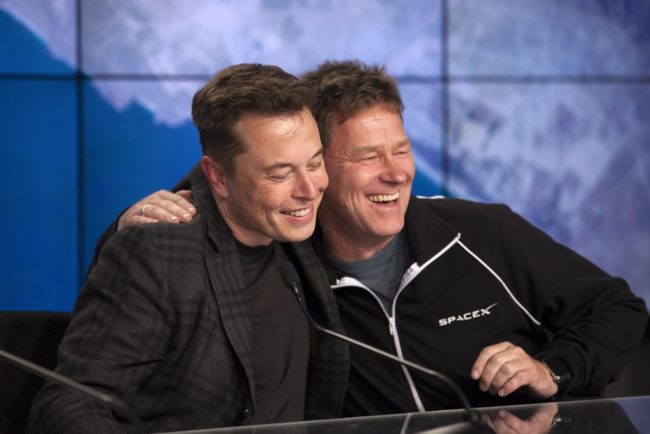
Hans Koenigsmann and Elon Musk during a press conference following the CRS-8 mission, the one to make the first successful booster landing on a droneship (Credit: NASA)
Hans then moved on to the Falcon 1 project, where he worked as the chief flight engineer, cooperating with other engineers and the launch director. In this position, he was responsible for ensuring that the rocket was fully operational and ready to launch. He was in charge of all Falcon 1 flights. At each launch of Falcon 1, he had to spend several weeks on Kwajalein Atoll. When the Falcon 9 era began, Hans became responsible for all launch operations as he took the position of the launch director. In addition, he still worked as chief engineer.
The general public often thinks that Dragon was developed in response to the NASA COTS program, but Hans refutes that view. SpaceX was developing Dragon because of its goal to eventually launch crews to Mars. NASA announced the COTS program when Dragon was already in development, and SpaceX just made necessary adjustments to meet NASA’s requirements.
Hans was one of the founding fathers of SpaceX. He helped create its fundamental philosophy and competitive advantage. At the time SpaceX was founded, the old space companies were rigid and used outdated technologies. Only proven technologies were used and new ones were developed very slowly. The SpaceX approach was different. They often took non-space-related technology from the common consumer market and used it for rockets and spacecraft, only modifying them where it was necessary to meet the requirements for space projects. For example, for the Falcon 1 rocket, they used conventional ethernet bus, common computers, or standard cameras that can be bought in a regular shop. Eventually, these components were replaced with custom hardware designed by SpaceX.
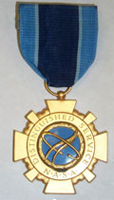
(Credit: NASA)
In 2014, Hans has been awarded NASA’s Distinguished Public Service Medal. It is the highest NASA award for non-government employees. It honors individuals who have made a significant contribution to NASA’s progress and the United States’ goals.
Interestingly, Koenigsmann is the reason the current SpaceX President Gwynne Shotwell joined the company. The two used to work together at Microcosm and after Koenigsmann joined SpaceX, he suggested that Shotwell should visit the company. She met Elon Musk there, made a big impression and the rest is history.
Finally, here’s how Hans reacts when asked how it feels to be an immigrant in the US: “My German accent helps in presentations. Funny as it is, but I’ve used it. When I say, ‘This will work,’ it is more convincing than other accents for some reason.”
This article was originally published in Czech by Marek Mančal and then translated into English by Vlastimil Švancara.
Previous installments of the SpaceX Superstars series:
- Gwynne Shotwell, President and COO
- John Insprucker, Principal Integration Engineer
- Tom Mueller, former Propulsion CTO



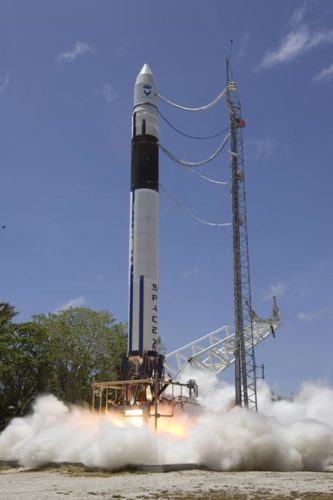
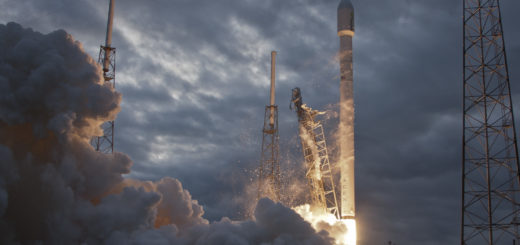
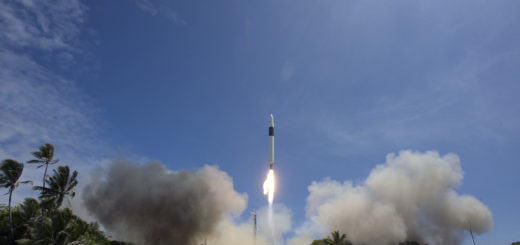
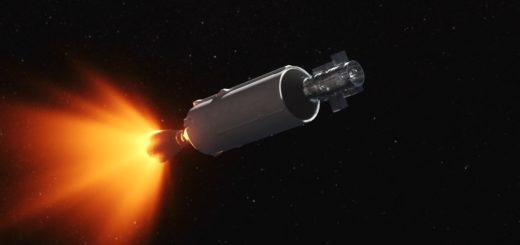
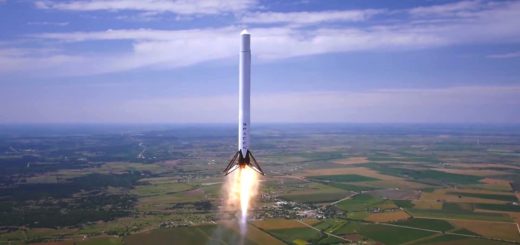
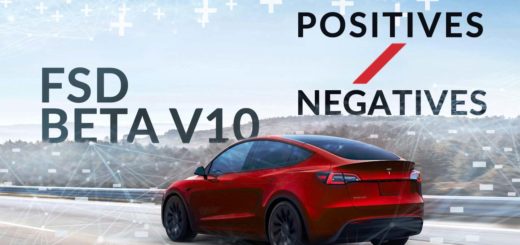

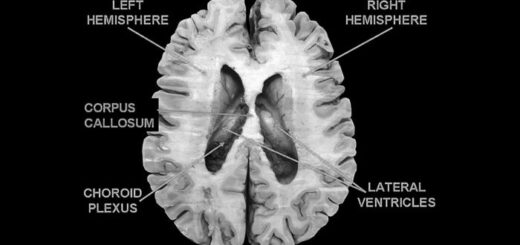
thanks for the article, Where does Hans wil go now? what are his proyects?, its interestig where this genius wil go